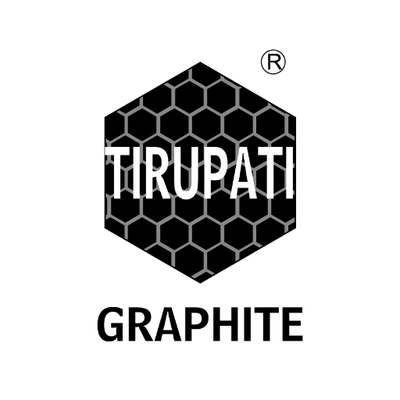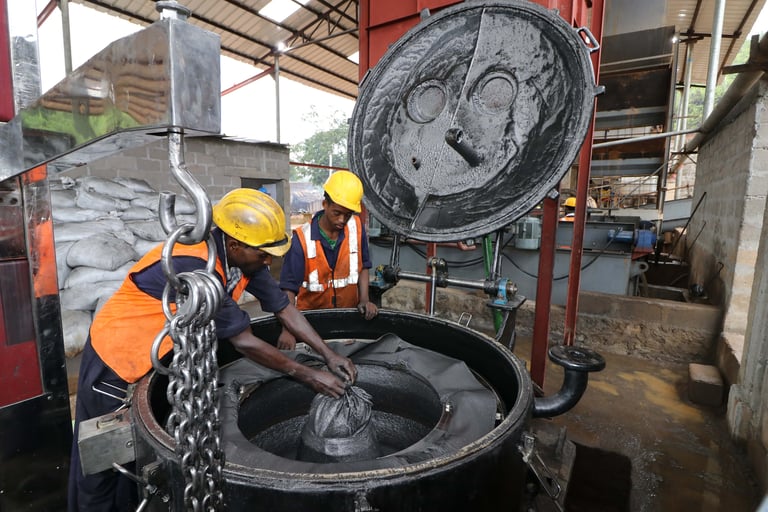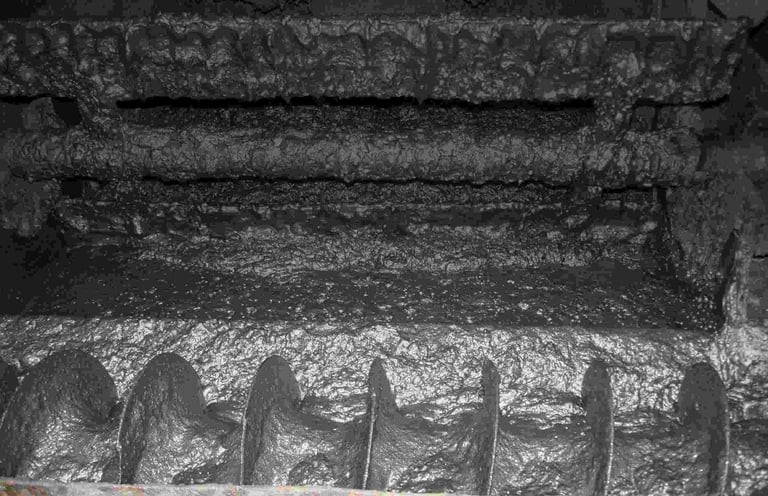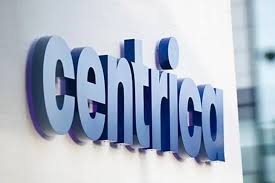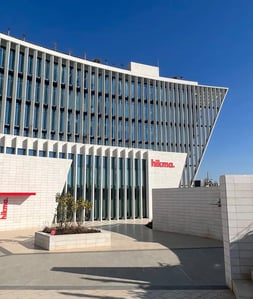Graphite has been part of human progress for millennia, yet its importance today is greater than ever. What began as a material for writing and metal casting has become essential to the technologies driving the energy transition. Found in batteries, fuel cells, and high-performance composites, graphite sits at the centre of electrification and advanced manufacturing.
Though it shares its elemental identity with diamond, the difference lies in structure rather than substance. Graphite’s atoms align in hexagonal layers, each bound tightly within its plane but weakly between sheets. This delicate arrangement allows the layers to glide, explaining graphite’s softness and its use as a natural lubricant. Yet this same configuration confers striking resilience. It conducts heat and electricity efficiently, remains stable at temperatures exceeding 3,600°C, and resists most chemical attacks.
Natural graphite occurs in three primary forms; amorphous, flake, and vein, each with its own industrial significance. Amorphous graphite, abundant and darkly matte, finds its way into lubricants, brake linings, and alloys where its softness and conductivity prove valuable. Flake graphite, more crystalline and lustrous, forms the backbone of modern battery anodes, a position that has thrust it into strategic focus as electric vehicle production accelerates. Vein graphite, rarer and highly crystalline, offers superior thermal and electrical performance, lending itself to specialist applications such as advanced electronics and fuel cells.
Tirupati Graphite PLC (LON:TGR) is a fully integrated specialist graphite and graphene producer, with operations in Madagascar and Mozambique. The Company is delivering on this strategy by being fully integrated from mine to graphene. Its global multi-location operations include primary mining and processing in Madagascar, hi-tech graphite processing in India to produce specialty graphite, and a state-of-art graphene and technology R&D center to be established in India.


